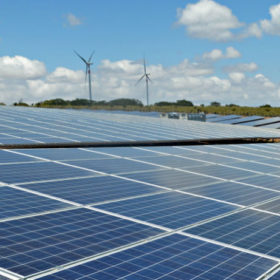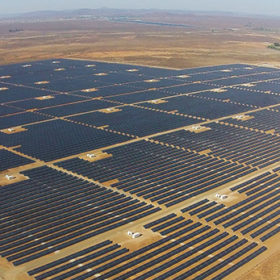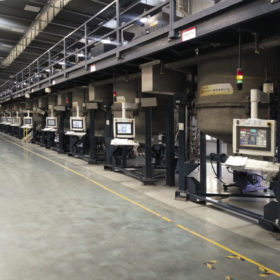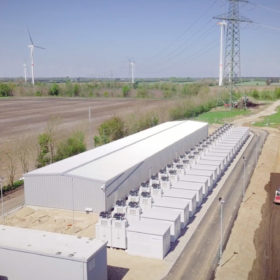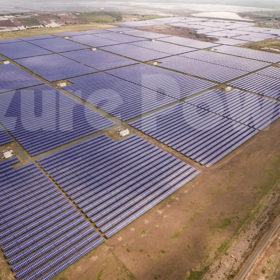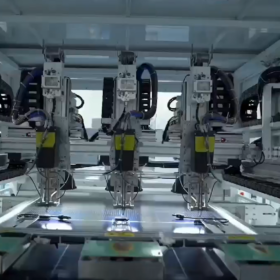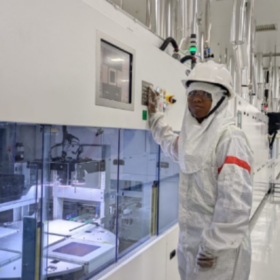SECI tenders 1.2 GW ISTS-connected renewable energy projects with storage
The projects — solar, wind or a combination thereof — are expected to supply power for a minimum of six hours per day during periods of peak demand. The last date for bids is Sept. 17.
Sterling and Wilson Solar to launch IPO this week
The Shapoorji Pallonji Group’s solar EPC business will hit the capital markets with an initial public offering on Aug. 6.
NTPC opens global bids for 20 MW floating solar project in Uttar Pradesh
The winning developer will be able to use solar modules and cells of any origin for the plant, which will be built in Auraiya district, Uttar Pradesh. Bidding closes on Sept. 5.
The long read: Change to the cast
Few in the industry predicted the speed at which monocrystalline technology would develop, or the impressive cost reductions it would achieve by 2019. This has left producers of multicrystalline products facing rapidly shrinking market share and struggling to compete on a cost per watt basis. Many are now turning to cast mono processes, essentially creating a monocrystalline, or ‘mono-like’ silicon ingot in a multicrystalline furnace, to reach higher efficiencies and extend equipment lifetimes.
Tata Power partners Tata Motors to install 300 EV charging stations across India
The charging stations—to be installed in five metro cities—will come up at strategic locations frequented by potential electric vehicle owners such as Tata Motors dealerships, certain Tata Group retail outlets and other public locations.
SECI tenders 1.5 GW solar with VGF support for state-run power generators
Micro and mini grid-connected projects will also be considered. The projects—to be developed on ‘build-own-operate’ basis—can be set up anywhere in India for self-use or use by government entities at maximum fixed tariffs of Rs 3.50/kWh. Bidding will close on August 23.
Lowering emissions without breaking the bank
A combination approach is more suitable than standalone carbon pricing and standard renewable portfolio scenarios for India to meet its climate targets, says a study by Massachusetts Institute of Technology (MIT) researchers.
NALCO, HCL and MECL sign JV agreement to secure lithium and cobalt
The joint venture company—Khanij Bidesh India Limited (KABIL)—will help India to secure strategic minerals from abroad for manufacturing of solar energy storage and EV batteries.
Energy storage installations to grow 122-fold by 2040; India among top 3
The global installed capacity will grow from a modest 9 GW/17 GWh as of 2018 to 1,095 GW/2,850 GWh in the next two decades. Just 10 countries will account for almost 75% of the overall gigawatt market, with China, USA, India and Germany leading the pack.
Azure Power wins 300 MW ISTS SECI solar project
The NYSE-listed solar developer now has 1.5 GW of interstate transmission system projects with sovereign counterparties—the largest such portfolio in India.
